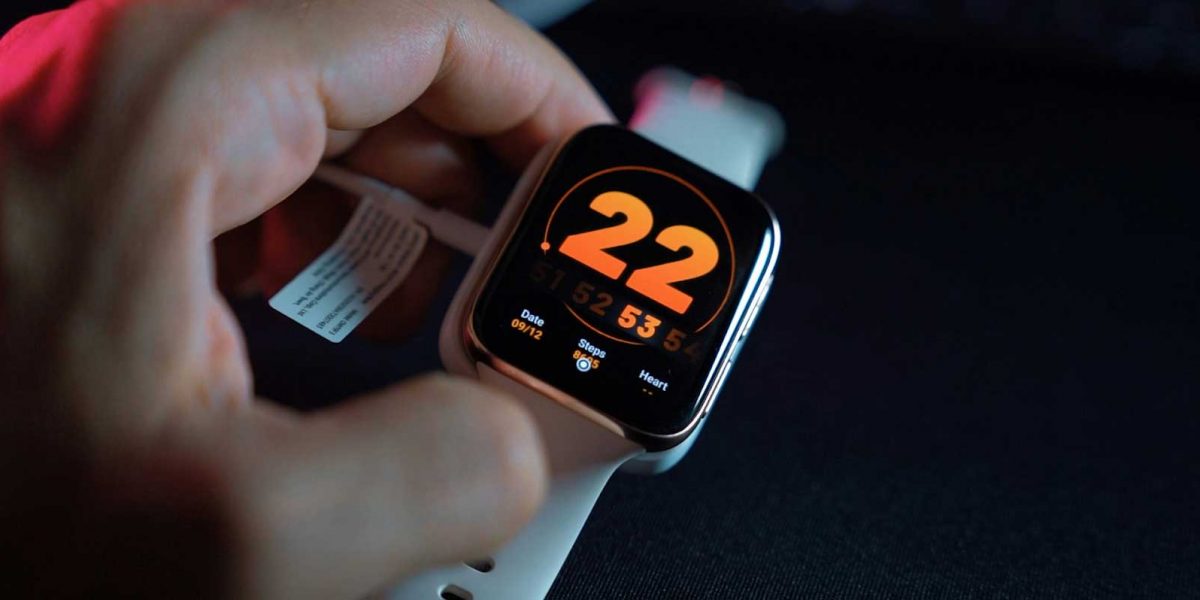Recent research has raised concerns about the safety of smartwatch and fitness tracker bands, and Dr. Daniel Pompa has taken to social media to sound the alarm. In his latest reels, Dr. Pompa discussed the dangers of these popular wearables, specifically their exposure to electromagnetic fields (EMFs) and the presence of toxic per- and polyfluoroalkyl substances (PFAS), also known as “forever chemicals.”
A study published in Environmental Science & Technology Letters by researchers from the University of Notre Dame found that many smartwatch bands contain high levels of PFAS. These synthetic chemicals, commonly used for their durability and resistance to water and heat, are known to accumulate in the body over time, leading to serious health risks. Dr. Pompa highlighted that PFAS exposure is linked to hormone disruption, liver damage, kidney issues, and endocrine system disturbances. Since smartwatches are worn in direct contact with the skin for extended periods, the risk of these chemicals being absorbed into the bloodstream is even greater.
The study analyzed 22 smartwatch bands from various brands and materials, revealing that 15 of them contained significant levels of PFAS. The highest concentrations were found in bands made from fluorinated synthetic rubber (fluoroelastomer), a material frequently used in high-end smartwatches. Notably, Dr. Pompa pointed out that sweat and body heat could accelerate the absorption of these chemicals, making long-term exposure even more concerning.
Beyond the chemical concerns, Dr. Pompa also warned about the constant exposure to EMFs and radio frequencies from smartwatches. These devices are always in close contact with the body, emitting frequencies that some studies suggest could disrupt cellular function over time. While more research is needed on the long-term effects, he advised limiting wearable technology use, especially during sleep, when the body is in its most regenerative state.
To reduce exposure to harmful substances, Dr. Pompa suggested switching to safer smartwatch band materials, such as silicone, which does not contain PFAS. He also emphasized taking breaks from wearable technology to minimize the effects of EMF radiation on the body. As wearable technology becomes more integrated into daily life, experts like Dr. Pompa are urging consumers to be more mindful of the materials and frequencies they are exposing themselves to daily.
With the growing awareness of PFAS contamination in consumer products, this latest research, combined with Dr. Pompa’s insights, serves as a wake-up call. While smartwatches offer undeniable convenience, their potential health risks should not be ignored. Those concerned about long-term exposure to toxic substances and EMFs may want to rethink how often they wear these devices—or at least choose safer alternatives.
To learn more about Dr. Pompa and the Pompa Program, check out the website.
Disclaimer: Dr. Daniel Pompa is an expert health coach, author, speaker, trainer, and family man on a mission to bring answers to a hurting world.
Information provided is for general purposes and not intended to provide medical advice, diagnosis, or treatment. Please seek the advice of a healthcare professional for your specific health concerns. Individual results may vary. Statements are not intended to diagnose, prevent, treat, or cure any disease.









